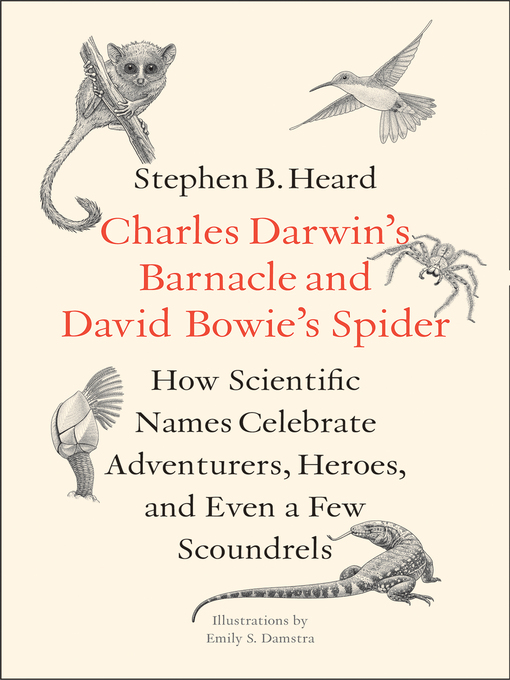An engaging history of the surprising, poignant, and occasionally scandalous stories behind scientific names and their cultural significance
Ever since Carl Linnaeus's binomial system of scientific names was adopted in the eighteenth century, scientists have been eponymously naming organisms in ways that both honor and vilify their namesakes. This charming, informative, and accessible history examines the fascinating stories behind taxonomic nomenclature, from Linnaeus himself naming a small and unpleasant weed after a rival botanist to the recent influx of scientific names based on pop-culture icons—including David Bowie's spider, Frank Zappa's jellyfish, and Beyoncé's fly.
Exploring the naming process as an opportunity for scientists to express themselves in creative ways, Stephen B. Heard's fresh approach shows how scientific names function as a window into both the passions and foibles of the scientific community and as a more general indicator of the ways in which humans relate to, and impose order on, the natural world.
- Available now
- New eBook additions
- New kids additions
- New teen additions
- Most popular
- Try something different
- Books that will make you LOL
- Christian Fiction
- See all ebooks collections
- Available now
- New audiobook additions
- New kids additions
- New teen additions
- Most popular
- Try something different
- Thrilling Listens
- Family Reading Time
- See all audiobooks collections
- Magazines are back! Check them out!
- Cooking & Food
- Fashion
- Health and Fitness
- Home & Garden
- News and Politics
- All Magazines
- See all magazines collections

